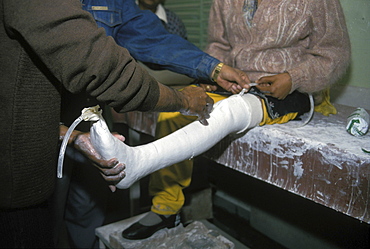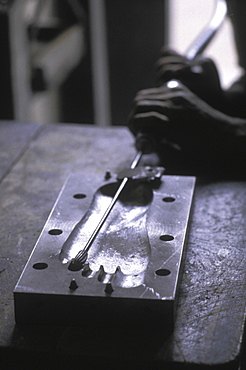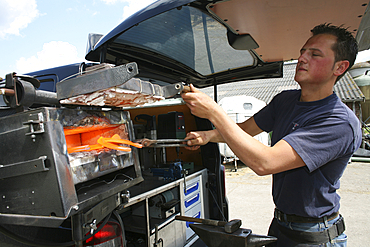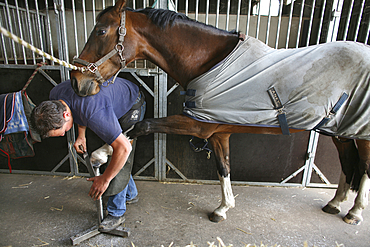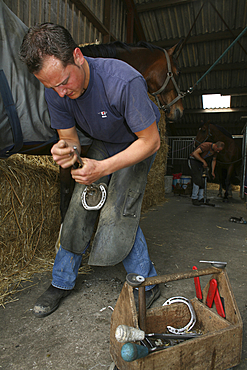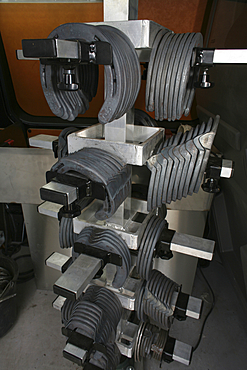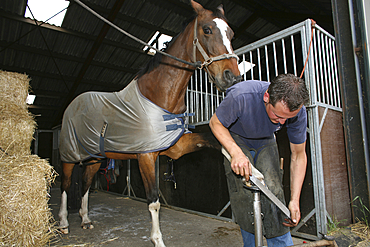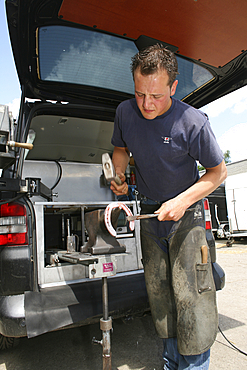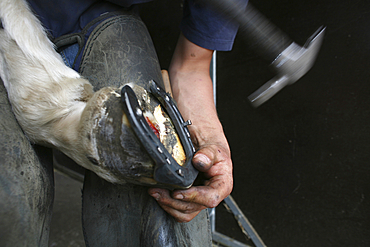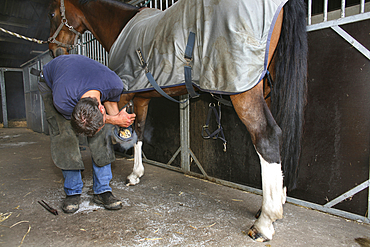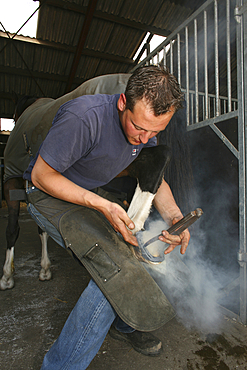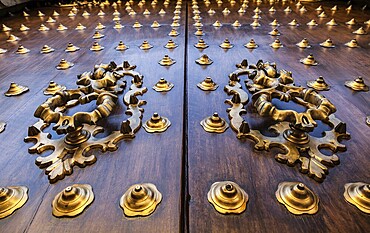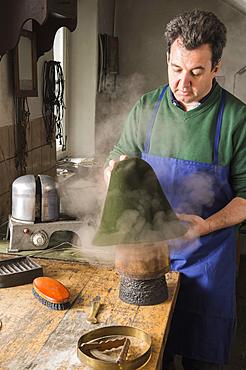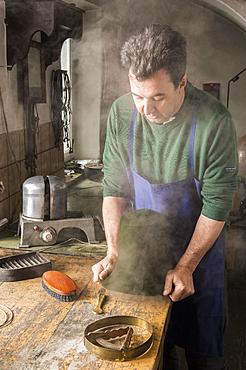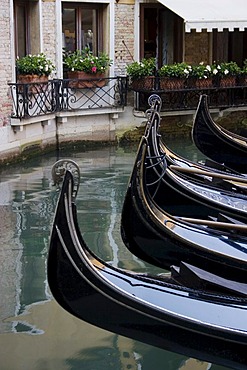Results
2 results found
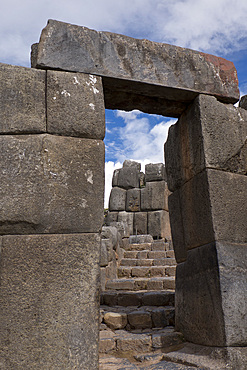
Citadel of Sacsahuayman, a native Inca complex surrounded by walls that were made by fitting stones tightly together without mortar, UNESCO World Heritage Site, Cusco Region, Peru, South America
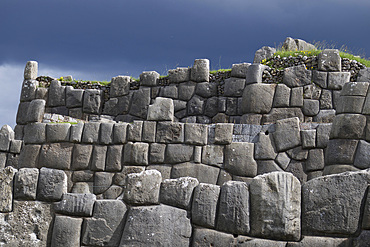
Citadel of Sacsahuayman, a native Inca complex surrounded by walls that were made by fitting stones tightly together without mortar, UNESCO World Heritage Site, Cusco Region, Peru, South America

A workman fitting solar thermal panels for heating water, to a house roof in Ambleside, Cumbria, England, United Kingdom, Europe

A workman fitting solar thermal panels for heating water, to a house roof in Ambleside, Cumbria, England, United Kingdom, Europe

A workman fitting solar thermal panels for heating water, to a house roof in Ambleside, Cumbria, England, United Kingdom, Europe

Mexican aztec dress gods at Grand Palladium White Sand Resort and Spa in Riviera Maya, Yucatan Peninsula, Quintana Roo, Caribbean Coast, Mexico.
Aztec clothing was generally loose fitting and did not completely cover the body. When the Spanish arrived in Mexico, the people were surprised to see them in their full armour, with only their faces exposed.
Aztec clothes were generally made of cotton (which was imported) or ayate fiber, made from the Maguey Cactus (also called the Century Plant or American Aloe). Women would weave the fibers into clothing, a task girls were taught as young teenagers. Because of their vast trading network, the Aztecs were able to make use of a beautiful array of dyes, creating the brilliant

Mexican aztec dress gods at Grand Palladium White Sand Resort and Spa in Riviera Maya, Yucatan Peninsula, Quintana Roo, Caribbean Coast, Mexico.
Aztec clothing was generally loose fitting and did not completely cover the body. When the Spanish arrived in Mexico, the people were surprised to see them in their full armour, with only their faces exposed.
Aztec clothes were generally made of cotton (which was imported) or ayate fiber, made from the Maguey Cactus (also called the Century Plant or American Aloe). Women would weave the fibers into clothing, a task girls were taught as young teenagers. Because of their vast trading network, the Aztecs were able to make use of a beautiful array of dyes, creating the brilliant
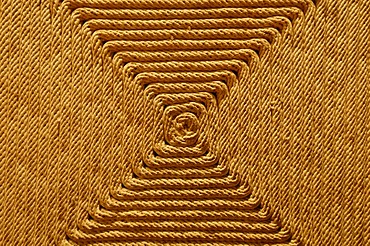
Carpet made of sisal, Museo Nacional de Antropologia, National Museum of Anthropology, Mexico City, Mexico
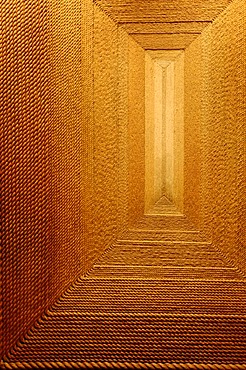
Carpet made of sisal, Museo Nacional de Antropologia, National Museum of Anthropology, Mexico City, Mexico
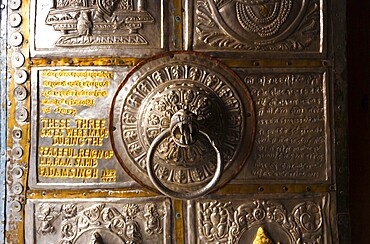
The ornamental metal door knocker and door at the entrance to Bhimakali Temple covered in inscriptions and reliefs in Sarahan, Himachal Pradesh, India. Horizontal
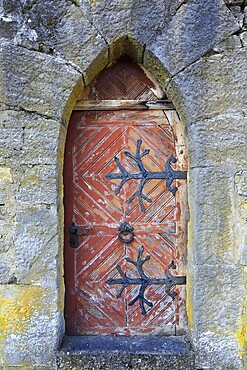
The historic town centre of Münnerstadt with a view of the Tor tor in the town wall. Münnerstadt, Bad Kissingen, Lower Franconia, Bavaria, Germany, Europe

Young woman wearing straw hat trying on yellow earrings, getting ready in front of a mirror in her hotel room or bungalow in siargao island, philippines
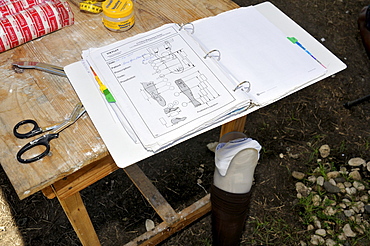
Fitting of an artificial limb for a young woman who lost her leg in an earthquake, emergency relief programme of a relief organisation following the January 2010 earthquake, Leogane, Haiti, Caribbean, Central America

Optician's equipment to control eyes, preliminary examination of the eyes for the fitting of contact lenses

Pit viper Engineer Carl Baker at the controls of the compact remote console of the pit viper at the HAMMER facility, Hanford Nuclear Site, WA. This unit will be used to remotely upgrade pipe fitting in the tank farm. There are 600 pits in the tank farm which are used to transfer waste between tanks.
